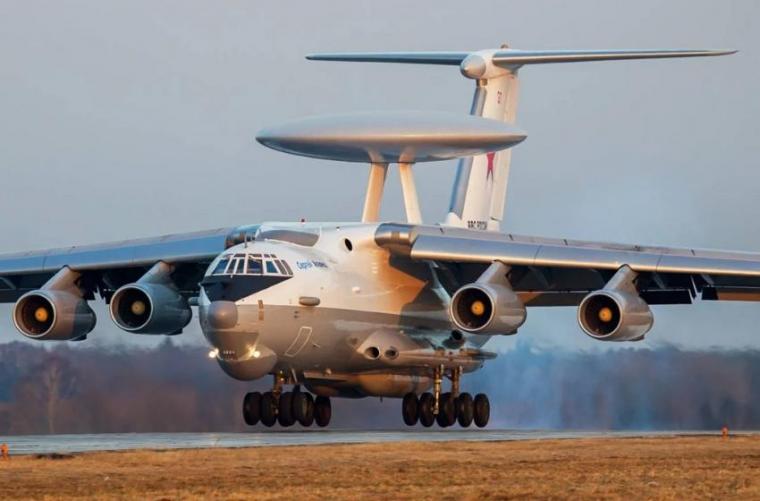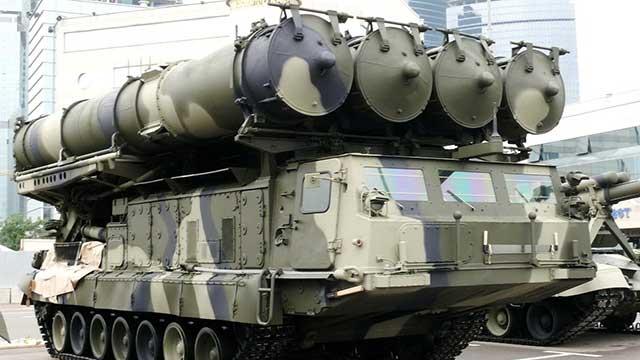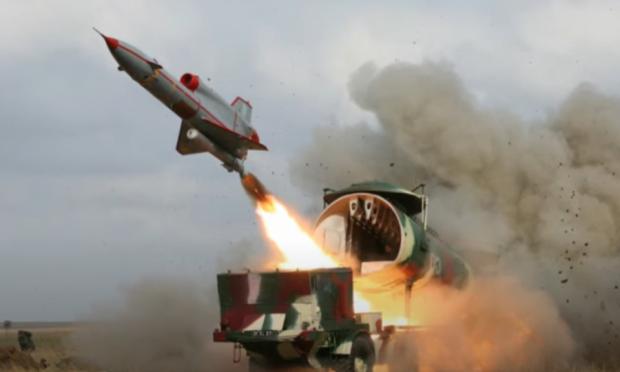We had reported that the Ukrainian Air Force Command announced that Russian troops sent balloons with corner reflectors and an airborne reconnaissance vehicle, both of which were shot down by the Ukrainian military.
Ukrainian Air Force spokesman Colonel Yuriy Ignat suggested that these reflector-equipped balloons are intended to destroy Ukraine's air defenses.
In contrast, significant gaps between the S-400 surface-to-air missile (SAM) systems and the potential lack of universal mobile mast systems carrying various radars have created gaps in Russian air defenses, which Ukrainian drones are exploiting.
Additionally, the lack of several airborne early warning (AEW) aircraft, such as the Beriev A-50 targeted in the February 26 drone attack by the BYPOL guerrilla group on Machulishchy Air Base, has also been identified as another contributing factor to the attacks. drone in Russia.

The main reason that Ukrainian drones are able to overcome the multi-layered air defense barriers of Russian missiles can be solely due to the poor placement of the S-400, Buk-M3/A and Pantsir-S1 anti-aircraft missile regiments.
According to a reputable media outlet, Russia uses a multi-layered air defense, with S-400, S-300 long-range medium-range Buk and short-range point defense platforms such as Pantsir, positioned in a way that divides areas into inner and outer zones .
Long distances between radar systems
What is primarily to blame is the poor deployment of air defense systems such as the S-400 air defense systems, which are more than 70-75 km apart. This causes an area immediately outside the range of a radar system to be revealed, leaving a "gap" that drones and cruise missiles flying at low altitudes exploit.
Drones are not stealth or low visibility aircraft and have large reflective surfaces. The UJ22, with a wingspan of 3.6 meters and an exposed front propeller, has a radar cross section (RCS) of 0.1-0.2 square meters, while the Tu-141's effective spreading area (ESR) is about 1.5 square meters meters.
It is therefore doubtful that the UJ22 and Tu-141 drones can escape detection if there is mutually overlapping "illumination" from the S-400's 92N6 radars, 96L6 radars, or 48Ya6-K1 Podlet K1 radars.

"There is also the lack of a permanent and continuous aerial element of long-range radar detection of the Russian Aerospace Forces in areas subject to attacks," the media reports.
The term "air element" refers to airborne radars, which Russia has traditionally lacked. Airborne radars greatly improve the range and flexibility of air defense in both defensive and offensive roles.
Second is the possible absence of 40V6MD towers that can mount various Russian radar systems and rise above forest covers, helping to detect low-flying objects. "As a result, UJ-22 drones operating at altitudes of 35-50 meters could not be detected," the medium said.
The 40V6M/MD family of mobile mast systems is a unique Russian feature in air defense technology. Capable of rising to heights between 25 and 40 meters, the towers help send out "downward" radar waves that can identify low-flying aircraft, in addition to covering the blind spot created by the curvature of the earth.
The third reason is the lack of regular flights of A-50 AEW aircraft, which, combined with the short distances between the S-400s and the tower-mounted radars, would leave no open gaps for Ukrainian drones to pass through. .
Stephen Pendergast, a San Diego-based engineer specializing in radar, sonar, satellite communications and military data links, recommended using balloons for "ground coverage." This is similar to the US hot air balloons on the Mexican border. "But it will take time to develop and integrate the data into air defense," he says.
Operating the balloons, maintaining them and harmonizing their performance characteristics with other radar systems would be time-consuming.
Hot air balloons are giant tethered balloons that carry communications, surveillance, radar, or electro-optical equipment. According to a recent report, Russia is known to be developing such balloons.



